CNY traditions and dos & don’ts
It’s that time of the year when we’re bombarded with all things red and gold, paired with gong xi gong xi tunes playing at every mall. Not that we’re complaining though, since Chinese New Year is a great reason to visit friends and family.
Before you don your cheongsams or changshans, take a minute to brush up on your CNY greetings and wishes. Then, familiarise yourself with these CNY traditions and dos and don’ts so you can wow your family members when you bai nian. You can thank us later.
Disclaimer: Some of these are CNY traditions and customs that originated many years ago, and may or may not be followed by people today.
Table of Contents
- CNY traditions and dos & don’ts
- 1. Do: Learn the proper way to address each family member
- 2. Do: Brush up on lohei phrases
- 3. Do: Hand out red packets in order from oldest to youngest child
- 4. Do: Give red packets at the right time
- 5. Don’t: Go visiting on the 3rd day of CNY
- 6. Don’t: Host & give angbaos if you have a recently deceased relative
- 7. Don’t: Serve porridge on New Year’s Day
- 8. Don’t: Mention inauspicious topics
1. Do: Learn the proper way to address each family member
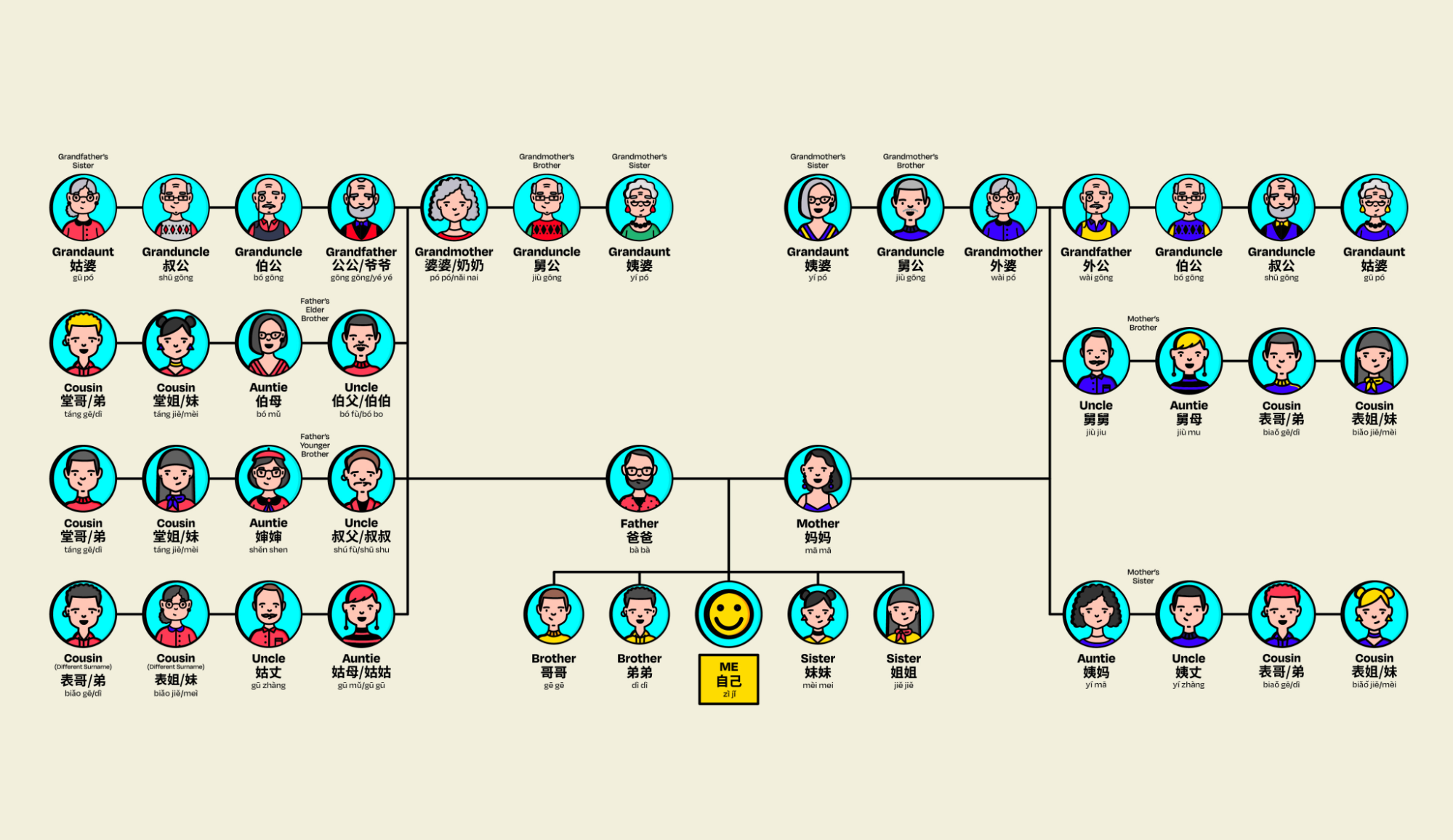
Image credit: Singapore Chinese Cultural Centre
If you’ve outgrown the 一个风和日丽的早上 (one fine morning) phase, then simply addressing your relatives as “auntie” and “uncle” is a big no-no. You can do better than that. There are specific ways to address each family member in Mandarin – like how your dad’s older brother is called 伯父 (bo fu), and your mom’s brother is called 舅舅 (jiu jiu).
Different dialects also come into play here, with a different set of terms to memorise based on whether you’re Hokkien, Cantonese, Teochew, and so on. It might be a lot to remember at first, but once you’re fluent, your elders will definitely feel more respected. If you’re visiting with your siblings or partner, split the work and get them to learn some too so you can tag team. It’ll also help to keep the SINGAPO人 Family Tree guide on standby.
2. Do: Brush up on lohei phrases
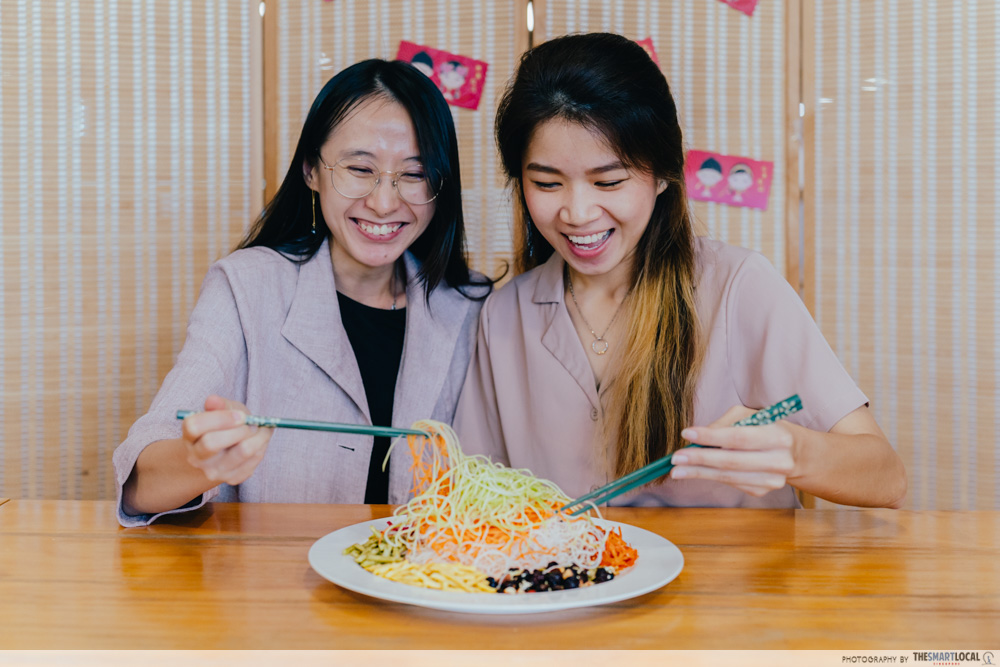
We all know that yusheng is a colourful and refreshing medley of ingredients. But the art of having a hearty and meaningful lohei session may have faded over generations. Similar to learning CNY greetings and the terms to address your relatives with, knowing lohei phrases that target different age groups and demographics of well wishes will impress your entire fam.
We’re talking “步步高升” (bu bu gao sheng, rising step by step) for working adults who are climbing the career ladder, “甜甜蜜蜜” (tian tian mi mi, sweet and blissful) to bless couples’ romance levels, and “学业进步” (xue ye jin bu, improve in academics) for relatives who are still studying.
When in doubt, refer to the handy SINGAPO人 Yusheng 101 guide. Not only does it give you the lowdown on phrases to holler when tossing yusheng, it also explains the significance behind each auspicious ingredient, and the meaning of the phrases so you won’t catch no ball.
3. Do: Hand out red packets in order from oldest to youngest child
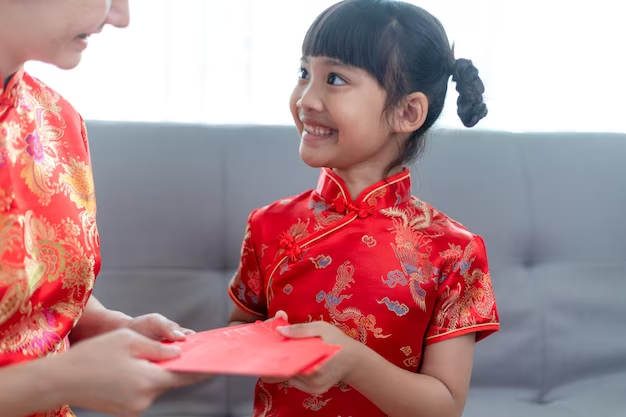
Image credit: Freepik
Hands up if you have a bunch of adorable nieces and nephews. Now, it’s time to hand out the angbaos to them. Whether you’re a new member of the married club or just a clueless adult, it’s worth noting that some families follow an order when giving out red packets.
It’s pretty straightforward: certain households bai nian to their elders in a chronological order, you can also give out the red packets in the same order, from the oldest to the youngest child. You don’t have to give an increasing or decreasing amount of money though – that’s up to you. But if you need some help, you can refer to CNY angbao guides.
4. Do: Give red packets at the right time
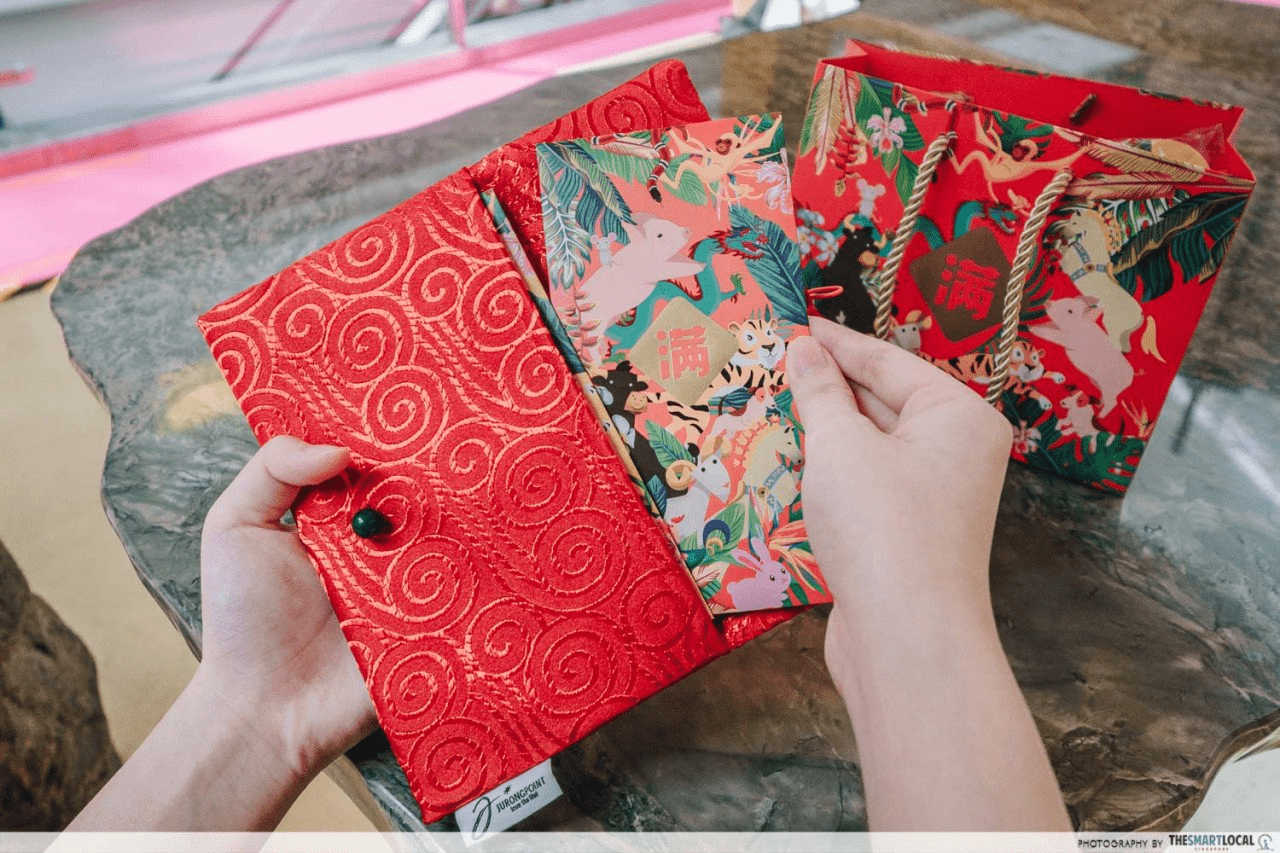
Let’s get into the nitty gritty details of angbao giving. Some of us may wonder, “Is there a right time to give red packets?”.The simple answer is no, there isn’t a fixed timing to hand them out. There’s no hard rule for this. If everyone has arrived at the gathering and is waiting for the feasting to begin, you can start giving out red packets.
Some also prefer to give the angbaos right after they meet and greet their relatives – this works well if you’re a Forgetful Freddy and run the risk of forgetting to give out the red packets completely. Either way, just don’t leave your family hanging and angbao-less at the end of the party.
5. Don’t: Go visiting on the 3rd day of CNY
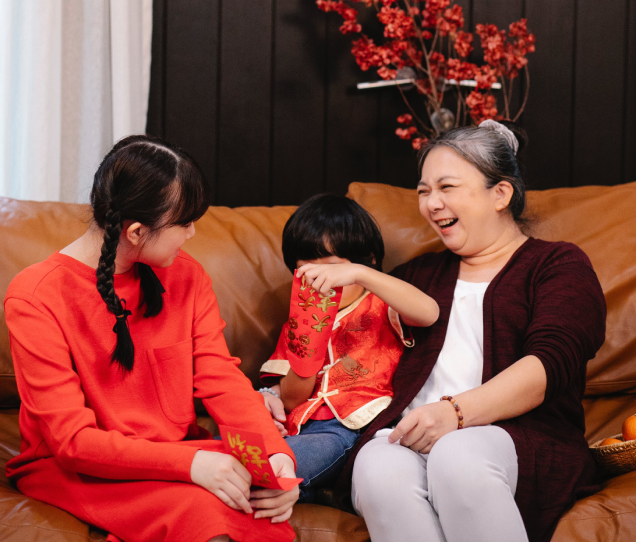
Image adapted from: Pexels
If your family is particularly huge, you may be used to CNY being an annual affair of Amazing Race-style house visits across the island. Introvert or not, this can prove rather draining on the ol’ social battery. Well, tradition comes in clutch in the form of “Loyal Dog Day”, the name given to a CNY custom whereby the 3rd day of festivities is declared a day of rest.
The belief is that evil spirits roam around on CNY Day 3, so households ought to keep the doors shut in order to prevent misfortune from entering their sanctuary. This also means staying safely at home instead of venturing out, to minimise clashes with “dirty” forces.
6. Don’t: Host & give angbaos if you have a recently deceased relative

You can still meet your pals, just not in a CNY setting.
It’s never easy navigating the loss of a close relative. To properly mourn the recent passing of a family member, there are some things to note. For one, you should refrain from hosting celebrations or visiting other people’s houses during CNY. But rest assured that you can still have gatherings with your friends, just sans the CNY festivities.
You’re also not allowed to hand out red packets during this grieving period. However, you can still receive red packets should you be given any.
7. Don’t: Serve porridge on New Year’s Day
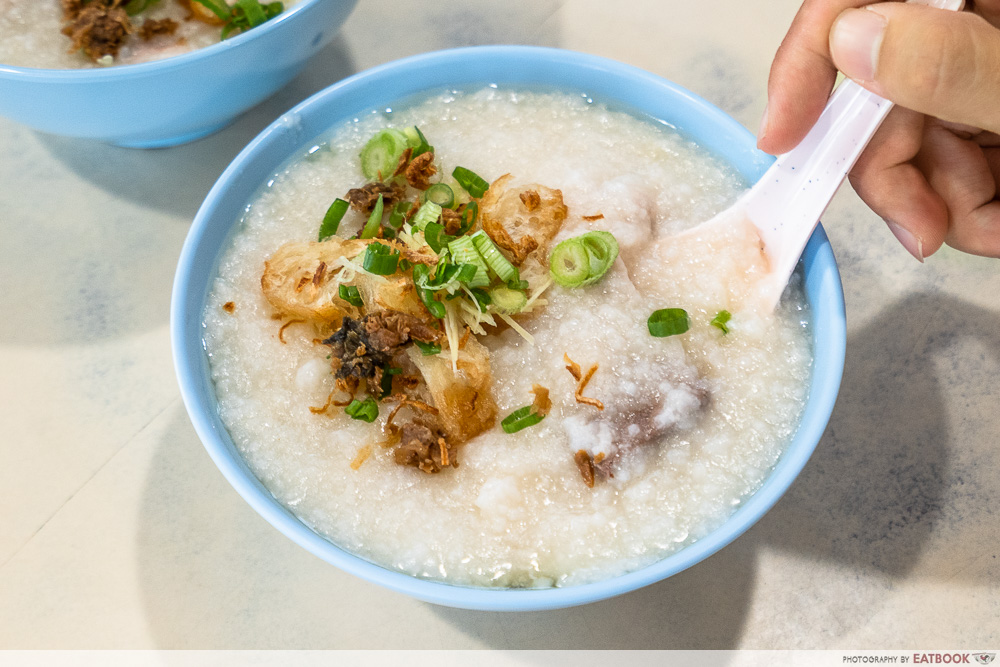
Porridge is not just a go-to to nurse someone back to full HP when they’re ill, it’s also a nourishing and filling meal option even when you’re in good health. But if you’re whipping up some home-cooked dishes this CNY, make sure to leave porridge off the menu.
#TheMoreYouKnow: porridge is actually a symbol of poverty. So based on CNY traditions, eating it on New Year’s Day would set a bad tone for the entire year ahead in terms of wealth. For more tips on how to ward off bad luck and reap maximum huat, check out the SINGAPO人 Good Luck Guide.
8. Don’t: Mention inauspicious topics

CNY is a happy occasion; so it’s no doubt that we really want to focus on the good. As you’re catching up with everyone, avoid speaking about topics such as sickness, death, or ghosts.
Some believe that any mention of these kinds of subject matter is considered inauspicious. Regardless of your beliefs, it’s not pleasant to talk about such topics during a time of merriment. Instead, focus on the positive aspects of work, school, or life in general – so no tears will be shed during lohei.
Bookmark these CNY traditions and dos & don’ts
Let these CNY dos and don’ts be your guiding light to impress your friends and relatives. For more in-depth reading on the origins of various CNY traditions and cultural beliefs, head over to the SINGAPO人 website for all things CNY. They even have an all-out guide based on the 15 days of CNY – it doesn’t get more comprehensive than that.

While you’re at it, plan a day out with your loved ones and visit the free exhibitions at Singapore Chinese Cultural Centre (SCCC). The SINGAPO人 exhibition has various interactive elements, including a fun game where your knowledge of local kopi drinks will be put to the test.

The BeLONG’s Art Playground.
Image adapted from: Singapore Chinese Cultural Centre
The BeLONG’s Art Playground at the Roof Garden is where the kiddos must go. This dragon-themed playground is inspired by the iconic HDB dragon playgrounds, with seesaws, slides, and roundabouts. You can also bring them to The Good Hood: Where Values Come Home exhibition, where kids can learn about universal life values like filial piety, kindness, and integrity.

Image credit: Singapore Chinese Cultural Centre
The Hi K, I’ve Got This: Drawing Perseverance exhibition will transport you to the illustrated world of K, a fictional character created by Paige Lee. You’ll get to experience life’s ups and downs through her POV – and probably relate to many of the situations.
Aside from the usual home visits, CNY is also a good opportunity to organise a jolly gathering with the fam. These exhibitions are suitable for all ages, including the little ones and your grandparents. And as you make your way to SCCC, feel free to watch the curated SINGAPO人 Festivals playlist which features entertaining CNY-themed songs and shows.
Check out how CNY is celebrated the SINGAPO人 way
This post was brought to you by Singapore Chinese Cultural Centre.
Cover image adapted from: Freepik
